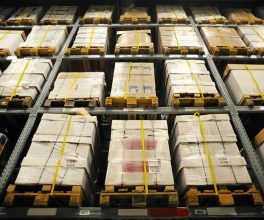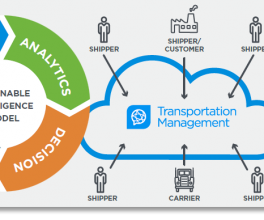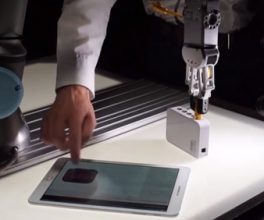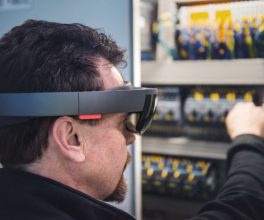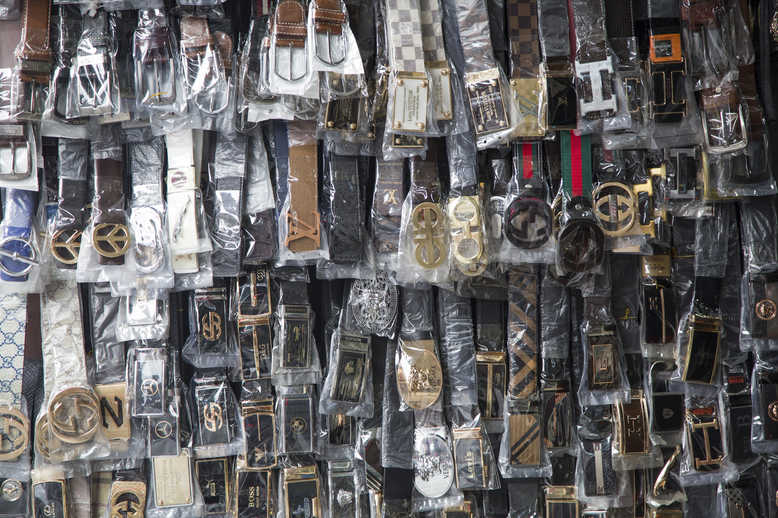The standard economic argument goes that increasing prices dampen demand, but in the realm of luxury, this argument falls short. In the case of goods such as the coveted Birkin Bag by Hermès, the higher the price the more people can’t seem to get enough of it.
Most intriguingly though, while manufacturers like to claim that the higher quality workmanship and materials are an explanation for dazzling price tags, equity analysts in Exane BNP Paribas have estimated that only around 10% of the Birkin’s price, starting at around £6000 for the very basic model, can be attributed to these elements.
Thorstein Veblen, a twentieth-century American economist first attempted to explain this phenomenon in his work “Theory of the leisure class”. He claimed that the motivation for purchasing expensive goods can be better explained by their ability to signal prosperity and prestige rather than better craftsmanship. In other words, a Birkin, be it of better quality, primarily buys you a ticket up the social ladder.
How do you differentiate between the real thing and the counterfeit?
How, as a consumer, can you be confident in claims of an artisanal origin? In short, how do you know you get what you are paying for? These, amongst many others, are supply chain questions that far predate my interest in the economics of the Birkin bag but have allowed for a long and complex relationship with counterfeiting. A little is good – serving as a testament to an item’s desirability; too much is a problem and, as Bernard Arnault of Louis Vuitton can attest, can erode a brand’s appeal almost to the brink of collapse.
Technology to the rescue
It is here that blockchain can come to the rescue. While most individuals would associate the technology with cryptocurrencies, the distributed ledger technology (DLT) has a much wider application and can lend a helping hand to high-end brands in meeting consumer’s expectations.
In practice, similar to the way ownership of a Bitcoin is traceable as it moves between different users from current owner back to the very creation of the coin, the consumer would have access to the entire life story of their luxury purchase. This could be applied for new and pre-loved items. Should an owner be interested they would be able to trace the delicate cowhide back to the farm where the animal was raised and ensure the welfare standards, confirm the design is authentic and find out more about the experience and personal style of the craftsman or woman who completed the stitching of their bag.
Similarly, they can find any previous ownership and repairs history. The information, distributed across a multi-node system, would be accessible anytime, from anywhere, by anyone and cannot be edited. Immutable provenance records and increased transparency move the perceived differentiation of luxury brands into something more tangible. In short, blockchain allows brands to have more control over market saturation and authenticity,making counterfeiting, theft, and forgery more easily preventable.
Breaking counterfeit: Validating supply chains using blockchain
Proctor & Gamble partners with CBP to eliminate counterfeits from US supply chain
The revolutionaries:
The London based start-up Everledger is one of the first solutions to truly capitalize on merging the production and consumption cycles. The company is firstly focusing on the supply chain in the diamond industry – by using dozens of attributes for each diamond, including the 4 Cs: a certificate number that can be inscribed by laser on the crown or girdle, detailing every individual involved in the gem’s journey from the mine to the shop window. The digital twin is then recorded on the Everledger blockchain and updated after every change of ownership or other significant “life event” of the precious stone. Above all, it helps eliminate the market in window dressed conflict gems.
Art, fine wines, jewellery, antiques and luxury fashion are all targets of forgery; Everledger has started to add new asset classes to their portfolio, with similar solutions hitting the market as we speak. One example is VeChain who are looking to offer an app which allows on-the-spot authenticity checks to track item ownership. Jérôme Grillères, CEO, also claims it will allow brands opportunities to share the inside stories of product lifecycles and give more control over brand positioning.
A brave new world
Most interestingly, the importance of this innovation lies not so much in what it can do for proving the provenance of your designer bag or diamond ring. Instead, consider for a moment what crystal clear provenance can do for improving working conditions in third world sweatshops and imported food standards. While luxury brands seem to be the early adopters due to their predisposition to differentiation, it is mass adopters that will change the world of retail. And a truly marvelous world it will be indeed.
Author – LILLY PENCHEVA, ASSOCIATE CONSULTANT, CUSTOMER EXPERIENCE PRACTICE AT CAPGEMINI
Courtesy of https://www.supplychaindigital.com/technology/how-luxury-retailers-are-using-blockchain-tackle-counterfeits-supply-chain






